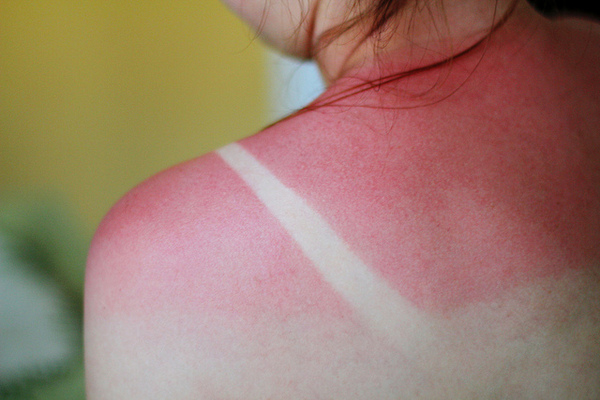
Sun exposure gets a bad rap because so many of us overdo it and don’t take the proper precautions that we need to for enjoying it in a healthy and safe way.
We need exposure to the sun to be healthy because it is our primary source of vitamin D!
We also benefit from being outdoors in the fresh air for exercise and the recreational activities that we love. We just need to learn how to be out in the sun safely.
A website called KidsHealth has some fascinating and important information about Sun Safety [link to article] that everyone can learn something from. Please review the information on this site, but in the meantime, here are some of the highlights:
1. If we learn to enjoy the sun safely at an early age, the chance of developing skin cancer is greatly reduced, so it is VERY IMPORTANT to teach this to children.
2. Repeated unprotected exposure to the sun’s ultraviolet (UV) rays can cause skin damage, eye damage, immune system suppression, and skin cancer.
3. UV rays react with a chemical found in our skin called melanin. Melanin is the first defense against the sun because it absorbs dangerous UV rays before they do serious skin damage. Melanin is found in different concentrations and colors, resulting in different skin colors. The lighter someone’s natural skin color, the less melanin it has to absorb UV rays and protect itself. The darker a person’s natural skin color, the more melanin it has to protect itself. But both dark- and light-skinned kids need protection from UV rays because any tanning or burning causes skin damage.
4. Tanning is actually the melanin increase in our skin in response to sun exposure. Any kind of exposure to the sun can be a sign of sun damage. The risk of damage increases with the amount and intensity of exposure. Sunburn develops when the amount of UV exposure is greater than what can be protected against by the skin’s melanin.
5. Unprotected sun exposure is even more dangerous for kids with:
- Moles on their skin (or whose parents have a tendency to develop moles)
- Very fair skin and hair
- Family history of skin cancer, including melanoma
6. Not all sunlight is “equal” in UV concentration. The intensity of the sun’s rays depends upon the time of year, as well as the altitude and latitude of your location. UV rays are strongest during summer.
7. Here are seven effective practices for staying safe in the sun:
- Avoid the Strongest Rays of the Day
- Cover Up
- Use Sunscreen Consistently
- Use Protective Eyewear for Kids
- Double-Check Medications
- Treat Your Child’s Sunburn
- Set a Good Example by Being a Sun Safe Parent
Hopefully you won’t need this Sunburn Instruction Sheet this summer!


Conversations